Why is it important to know the sex of your bird?
Bonding When people first meet an animal the question that typically comes to their mind is: Is it a girl or a boy? Choosing a name is a basic step to strengthen the bond with your pet. If
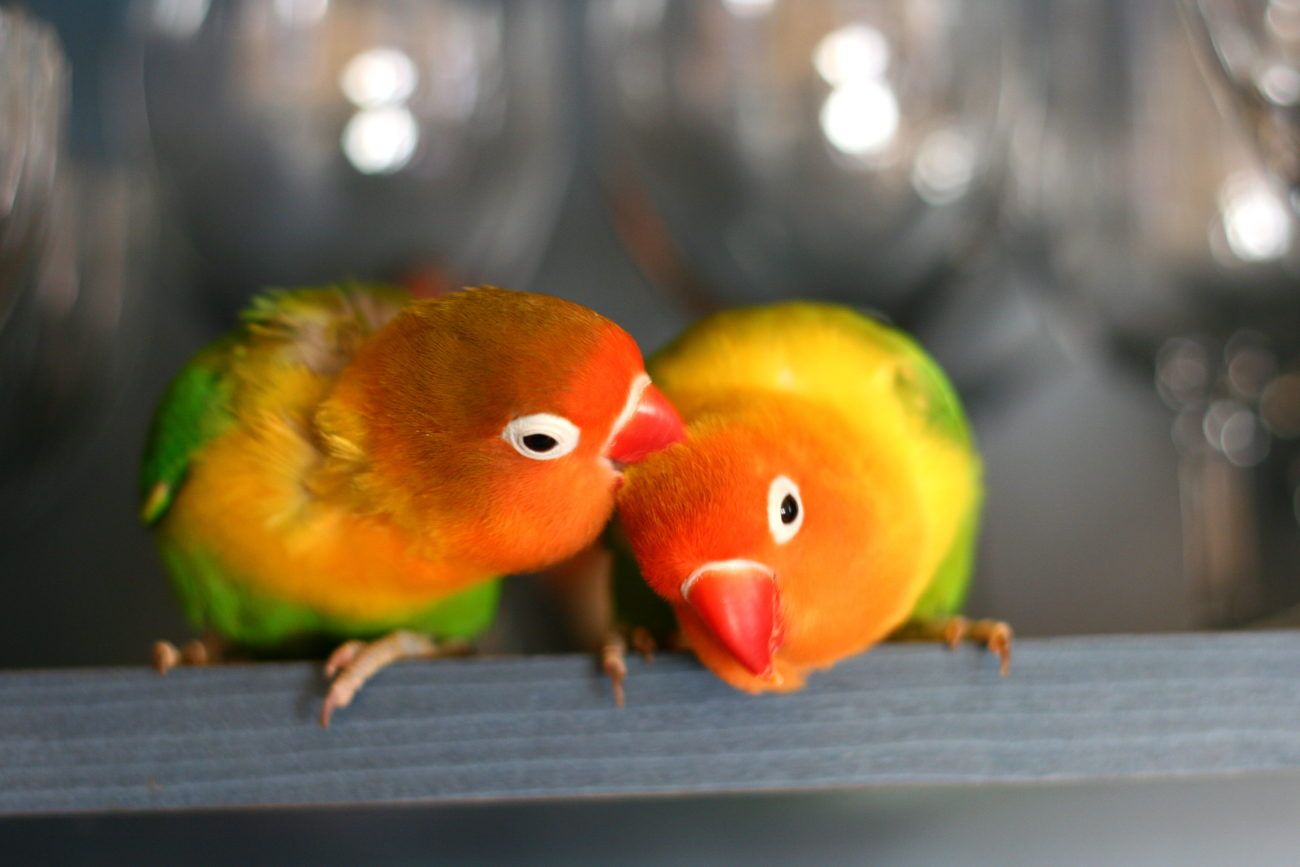
Bonding
When people first meet an animal the question that typically comes to their mind is: Is it a girl or a boy?
Choosing a name is a basic step to strengthen the bond with your pet. If you do not know its genre, you can end up one day discovering that your ‘male’ lovebird named Donald is laying eggs.
Health
Your vet diagnosis can drastically change depending on the sex of your bird. If your pet bird exhibits signs of swelling in the abdomen, trembling, sitting at the bottom of the cage and weakness, your vet might say your pet bird is egg-bound. But what if your pet bird is a male?
Besides, even feeding can change based on the sex of your pet. For example, in the breeding season, a female bird will need an extra dose of calcium in her meals to cope with the great effort of forming and laying eggs. Failure to provide her with calcium can severely damage her health.
Behaviour
The behavior of your bird pet is closely related to its genre. Young birds will act the same no matter their sex, but as they mature their ‘natural role’ will end up showing up. Knowing the gender of our bird pet can help us predict and tackle misbehavior and build better long-term relationships.
For example, Cockatiels males will be able to whistle and repeat some sounds and even say easy words if trained correctly. In case of the females, they do not usually have speaking skills, so they just make the normal cockatiel sounds.
Dna bird sexing
Avian DNA Gender Determination (bird sexing) is the best non-invasive method used by veterinarians, breeders, and bird owners who otherwise cannot determine the gender of their birds due to the lack of external physical differences.
Handling pet birds can make them very stressed, especially some species as canaries or goldfinches that can even die from fear if handled harshly or for excessive periods of time.
Avoiding handling it is always better for the bird’s health. Luckily, in some species males and females look widely different from one another (e.g. Eclectus parrots males having green plumage and female’s feathers being bright red).
When the physical differences between sexes are not noticeable (monomorphic birds) even bird experts cannot take females and males apart. For this reason, DNA sexing is the preferred method to determine the sex of birds.
What is it used for DNA Bird sexing?
DNA sexing can be performed using blood, feather or eggshell samples. In the past, blood was the only type of sample suited for extracting DNA information from birds. Later research and recent advances in biotechnology have allowed performing DNA sex determination using feathers.
Are blood and feather samples equally reliable?
When it comes to sex determination, both blood and feather samples are equally reliable ensuring the same level of accuracy. In a nutshell, DNA remains DNA no matter where it is extracted from.
The method used should be chosen according to your preference. If you have little experience with birds and you do not feel confident enough to withdraw a few blood drops from your pet, it is advisable to pluck some feathers from it instead.
Types of sample
Feathers
Being the less harmful and stressful sample collection for the bird, feather is the favorite sample for bird sexing nowadays.
For this test we would need at least 5 feathers physically plucked. Molted feathers cannot be used as they contain much less usable DNA, this will most likely lead to test failure.
We recommend plucking the feathers from the lower breast area (close to the cloaca). Make sure that the feather’s end, which is in contact with the skin, does not get broken when plucking the feather. Some feathers, usually the larger ones, may contain blood which should not be removed from the feather.
Blood
This method was the only method available for bird sexing years ago. Although for some bird owners collecting blood from their pets may be inconvenient, this method is still highly used by professionals, vets or breeders.
There are several ways of collecting blood from birds. The easiest way is clipping the toenail; this will allow enough bleeding for the sample collection. Before you clip the nail, use alcohol to clean the area and let it dry a few seconds. Also make sure that the tool used for clipping the nail is cleaned and disinfected beforehand.
After the extraction you can use some blood clotting powder to stop the bleeding.
Eggshell
The earliest way of knowing the sex of your bird, just a few days after it hatches from the egg, is using the eggshell to get DNA information.
The egg’s membrane is a great source of DNA for sex determination. As we use this material inside the eggshell to perform the analysis, it is preferable to send as much eggshell as possible.
Before placing the sample in the plastic bag, make sure that the membrane is completely dry (24hrs). Prick the bag with a needle to allow the air to pass.
Do not worry if the eggshell breaks, it does not need to be in one piece to be analyzed.

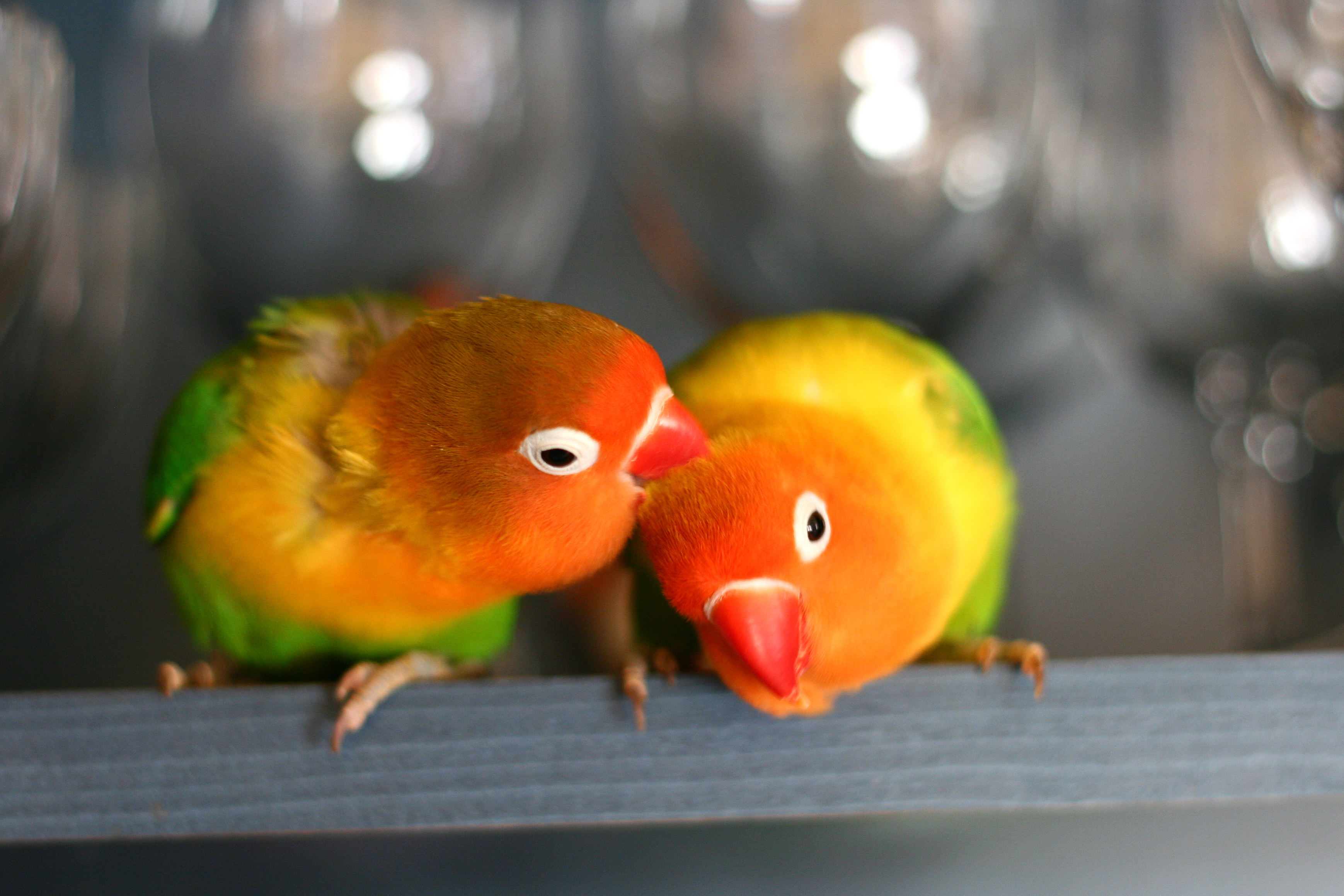
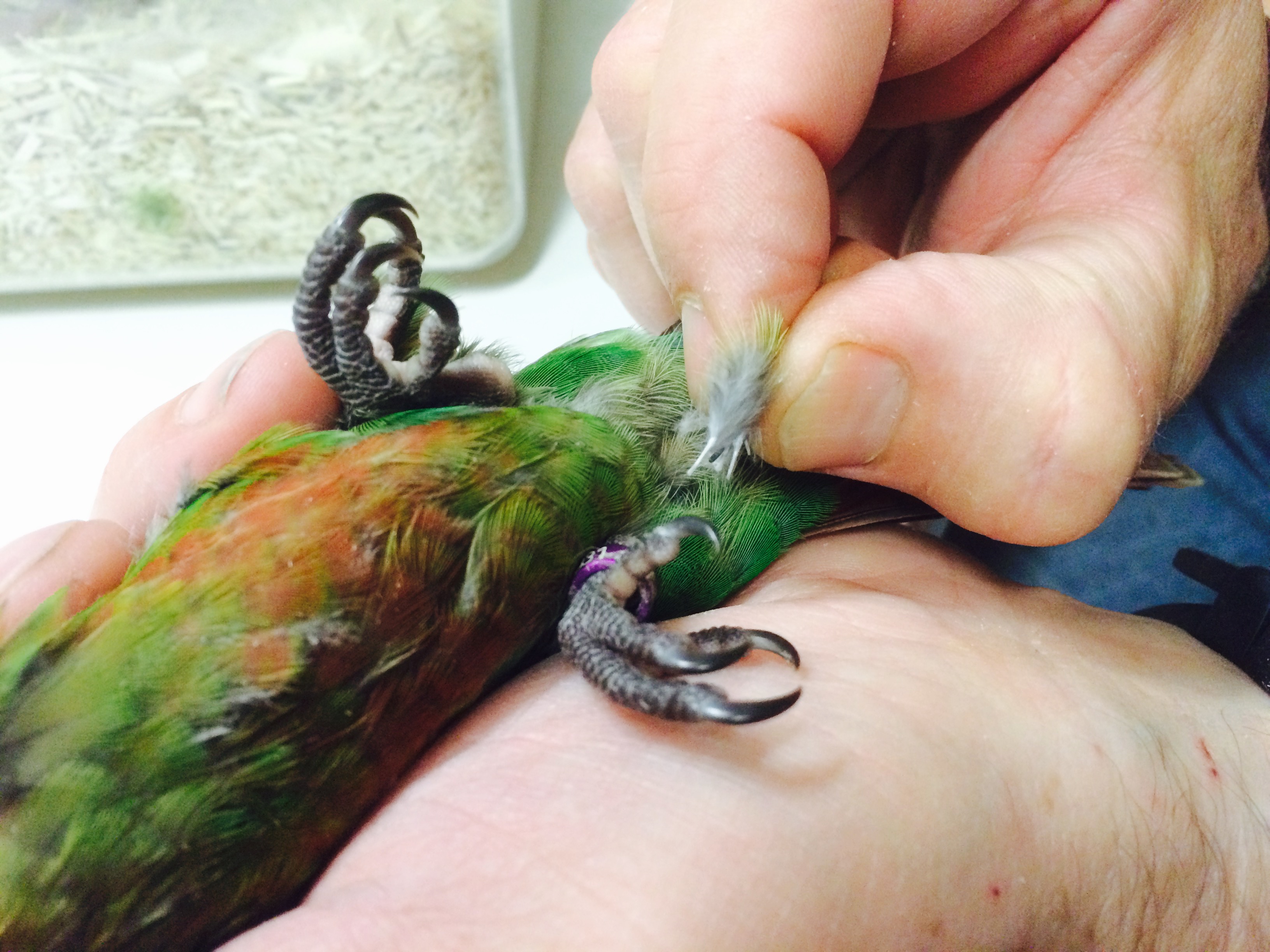
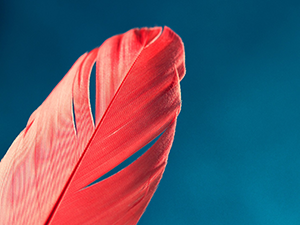

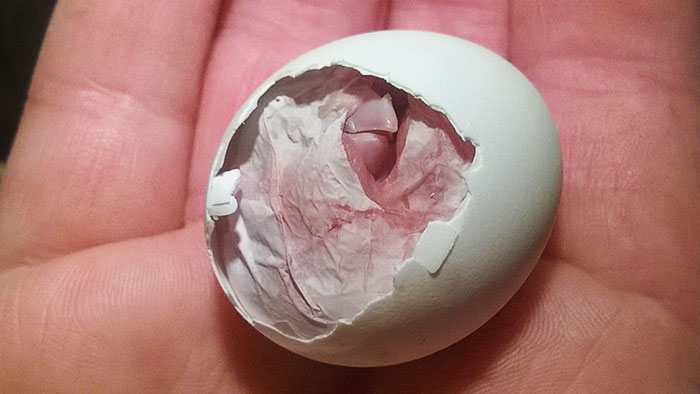

google April 2, 2020
Hello There. I found your blog using msn. This is a really well written article.
I will be sure to bookmark it and return to read more
of your useful information. Thanks for the post. I’ll certainly return.
Sexado de Aves April 9, 2020
Many thanks for your comments.
john jacob May 10, 2020
It’s amazing in support of me to truly have a web site that is valuable meant for my knowledge.
Pingback:How Lovebirds reproduce - aViblog - El mejor contenido para los amantes de las aves February 12, 2021